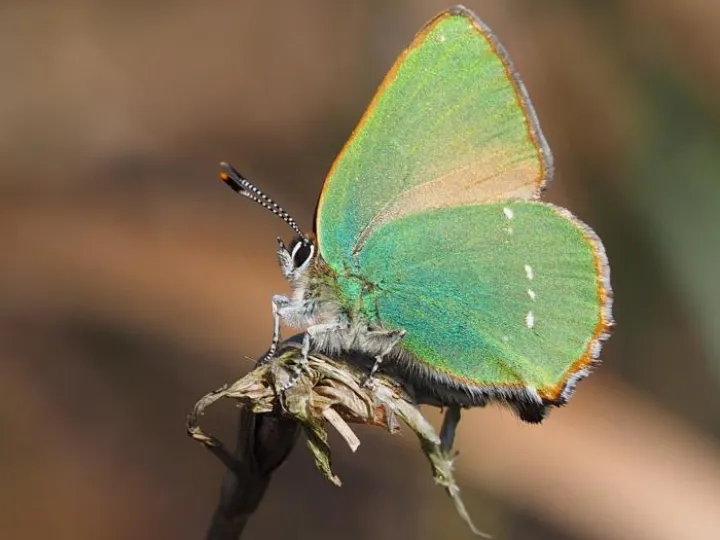Big British Butterfly Count - Until 11 August
The Big British Butterfly Count lasts until Sunday 11 August; a great project in which to involve our youngsters as they begin their summer holidays.
The big butterfly count is a nationwide survey aimed at helping assess the health of our environment.
It was launched in 2010 and has rapidly become the world's biggest survey of butterflies.
Over 100,000 people took part in 2018, submitting 97,133 counts of butterflies and day-flying moths from across the UK.
Why Count Butterflies?
- Butterflies react very quickly to changes in their environment which makes them excellent biodiversity indicators. Butterfly declines are an early warning for other wildlife losses.
- Counting butterflies, therefore, can be described as taking the pulse of nature.
- The count will also assist in identifying trends in species that will help future planning on how to protect butterflies from extinction, as well as understand the effect of climate change on wildlife.
How to Count the Butterflies
- Simply count butterflies for 15 minutes during bright (preferably sunny) weather during the big butterfly count. This time of year has been selected because most butterflies are at the adult stage of their lifecycle, so more likely to be seen. Records are welcome from anywhere: from parks, school grounds and gardens, to farms, fields and forests.
- If you are counting from a fixed position in your garden, count the maximum number of each species that you can see at a single time. For example, if you see three Red Admirals together on a buddleia bush then record it as 3, but if you only see one at a time then record it as 1 (even if you saw one on several occasions) – this is so that you don't count the same butterfly more than once.
- If you are doing your count on a walk, then simply total up the number of each butterfly species that you see during the 15 minutes.
CLICK HERE to download your butterfly identification chart
CLICK HERE for details on how to submit your butterfly counts
(our image shows a green hairstreak butterfly, found on The Sandstone Ridge).

Sandstone Ridge Trust
Registered Company No. 7673603
Registered Charity No. 1144470
info@sandstoneridge.org.uk

